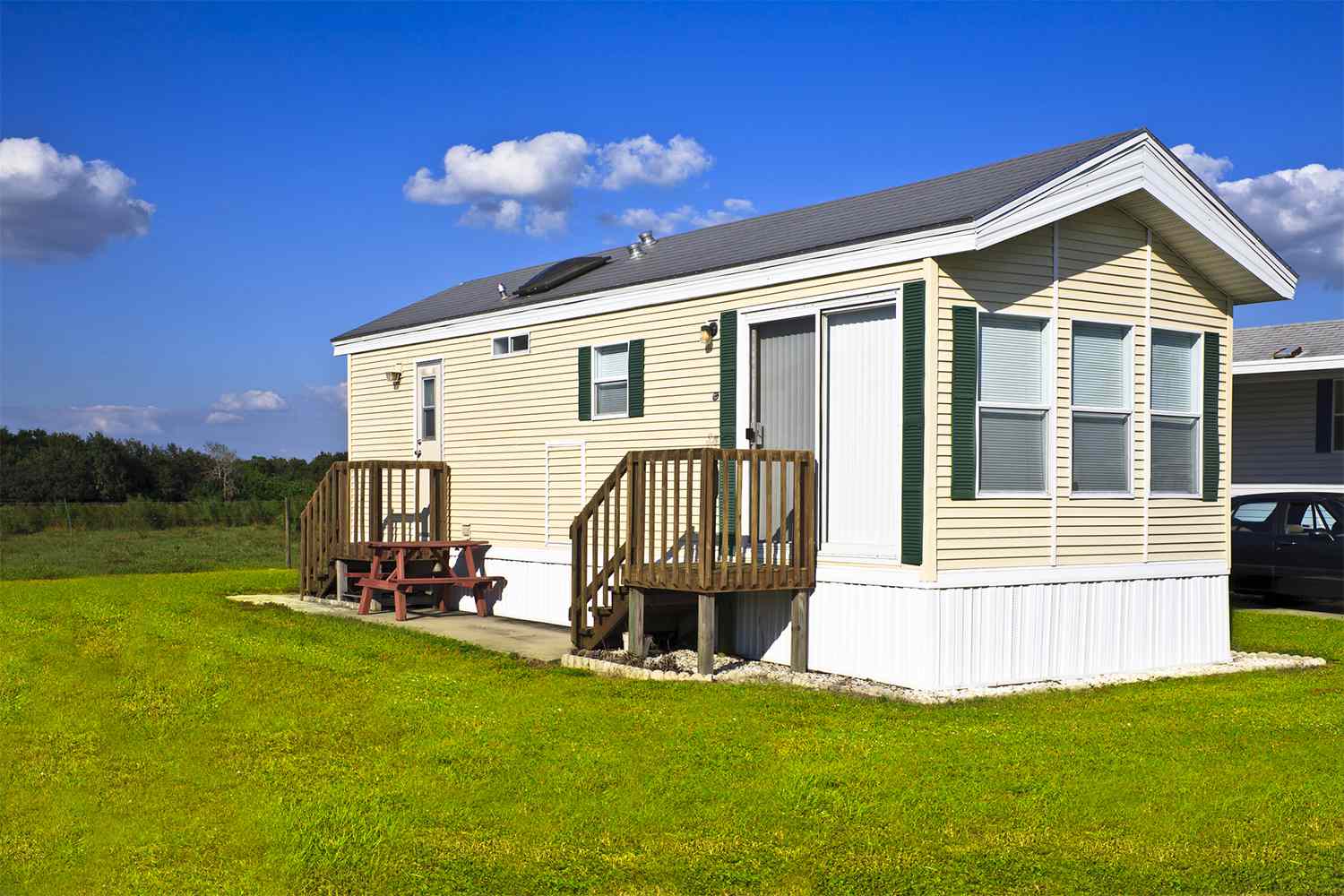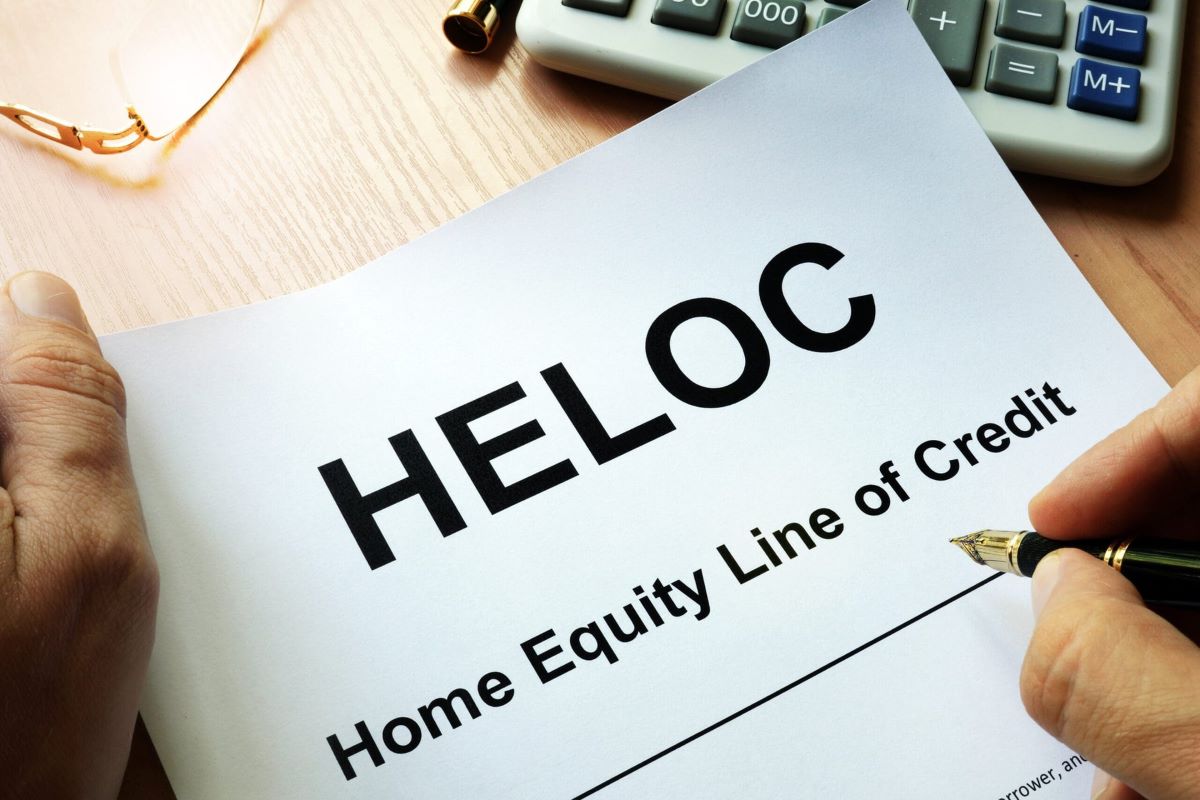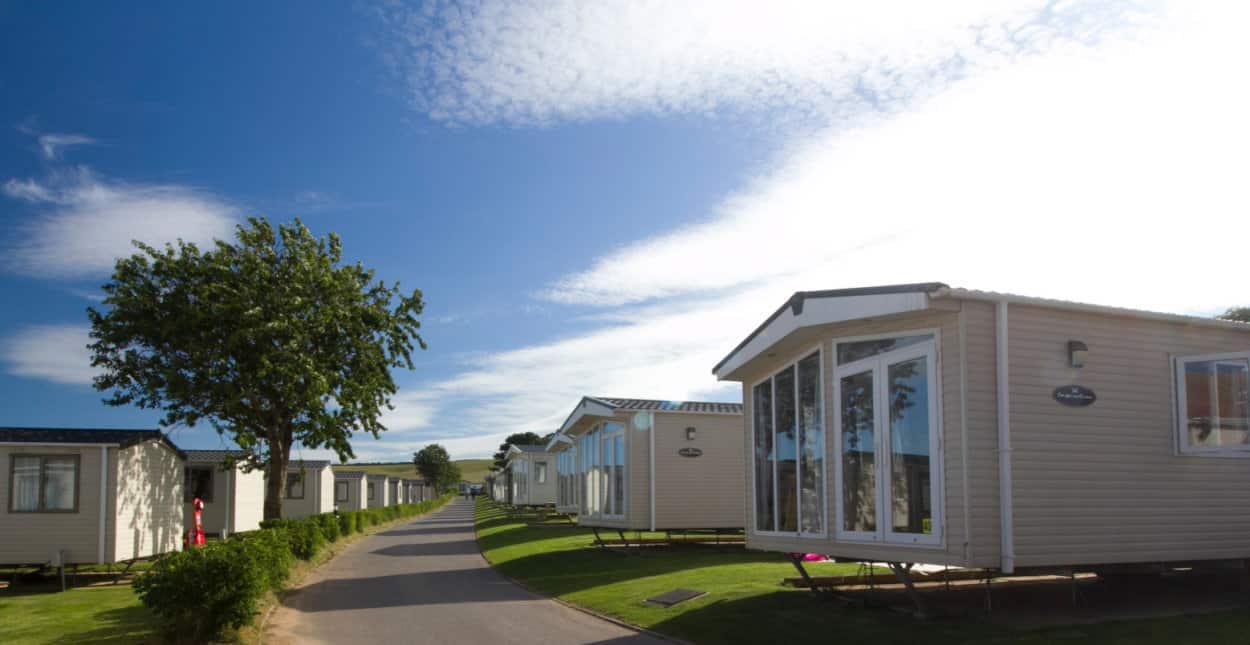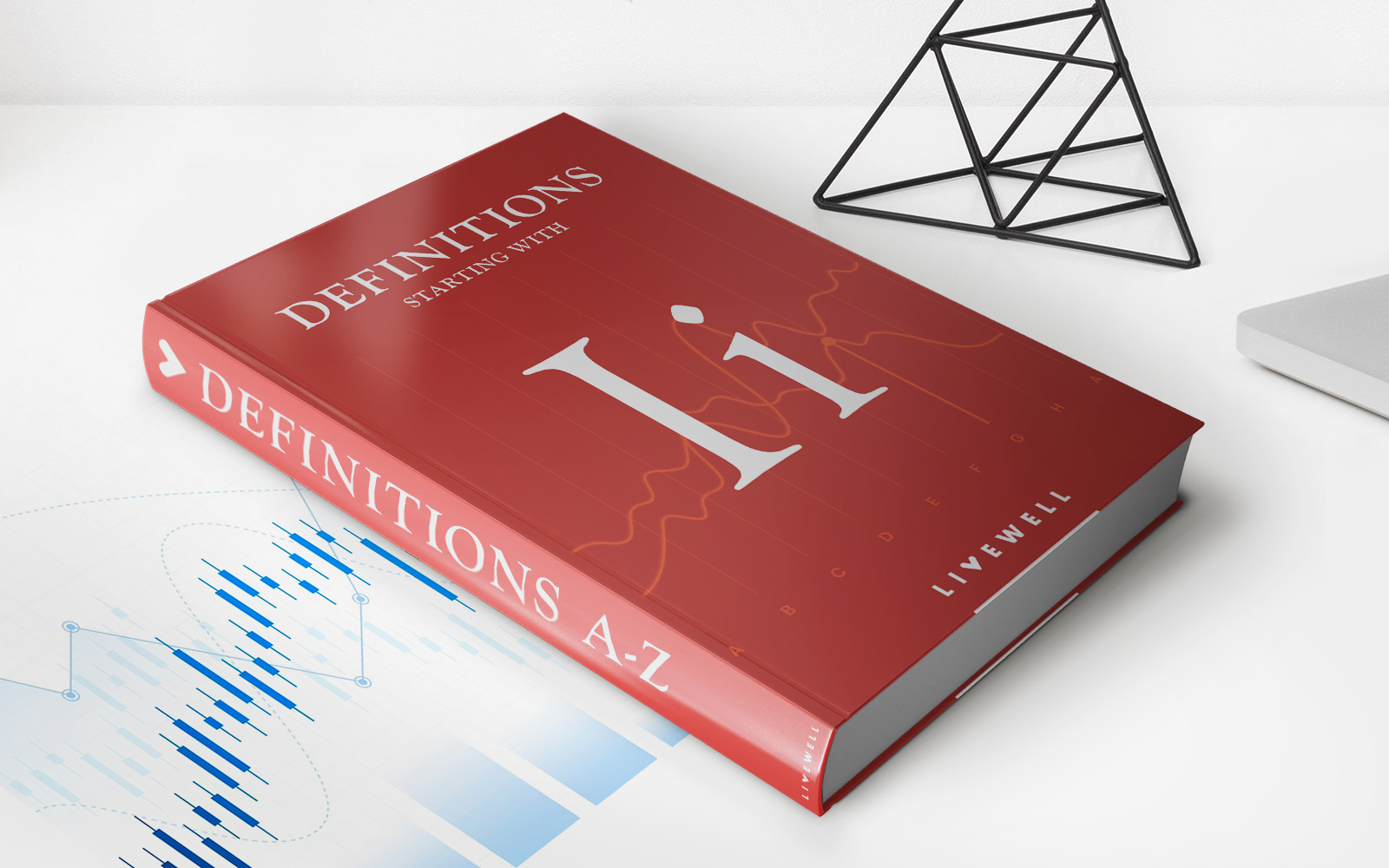Home>Finance>How To Get A Home Equity Line Of Credit With Bad Credit


Finance
How To Get A Home Equity Line Of Credit With Bad Credit
Published: January 15, 2024
Looking to secure a home equity line of credit with bad credit? Discover expert finance tips and strategies to help you achieve your goal.
(Many of the links in this article redirect to a specific reviewed product. Your purchase of these products through affiliate links helps to generate commission for LiveWell, at no extra cost. Learn more)
Table of Contents
- Introduction
- Understanding Home Equity Line of Credit (HELOC)
- Overview of Bad Credit and HELOC
- Factors that Impact Approval for a HELOC with Bad Credit
- Ways to Improve Your Chances of Getting a HELOC with Bad Credit
- Exploring Alternative Options for Borrowing with Bad Credit
- Applying for a HELOC with Bad Credit: Step-by-Step Guide
- Tips for Managing a HELOC with Bad Credit
- Conclusion
Introduction
Welcome to our comprehensive guide on how to get a Home Equity Line of Credit (HELOC) with bad credit. If you are a homeowner with less-than-stellar credit, you may be worried about your ability to secure a loan or line of credit. However, don’t despair just yet. While it may be more challenging to qualify for a HELOC with bad credit, it is not impossible.
A Home Equity Line of Credit (HELOC) is a type of loan that allows you to borrow money using the equity in your home as collateral. Unlike a traditional loan, a HELOC provides a revolving line of credit that you can draw on as needed, much like a credit card. This makes it a flexible and convenient financial tool for homeowners who need access to funds for various purposes such as home improvements, debt consolidation, education expenses, or emergency situations.
Having bad credit can pose hurdles, but it doesn’t automatically disqualify you from getting a HELOC. Lenders may consider other factors such as your income, the amount of home equity you have, and your overall financial situation when deciding whether to approve your application. It’s important to understand that each lender has different criteria, so it’s worth exploring various options and lenders to increase your chances of approval.
In this guide, we will walk you through the process of obtaining a Home Equity Line of Credit (HELOC) with bad credit. We will discuss the factors that impact approval, ways to improve your chances, alternative options for borrowing, and provide a step-by-step guide on applying for a HELOC. Additionally, we will offer tips on managing a HELOC with bad credit and highlight the importance of responsible borrowing and repayment.
Remember, while bad credit may present challenges, it does not mean that you are entirely ineligible for a HELOC. With the right knowledge, preparation, and determination, you can navigate the lending landscape and increase your chances of securing a Home Equity Line of Credit with bad credit. Let’s get started!
Understanding Home Equity Line of Credit (HELOC)
Before diving into the process of obtaining a Home Equity Line of Credit (HELOC) with bad credit, it’s important to have a clear understanding of what a HELOC is and how it works.
A Home Equity Line of Credit is a type of loan that allows homeowners to borrow money against the equity they have built up in their homes. Equity refers to the difference between the market value of your home and the outstanding balance on your mortgage. Essentially, it’s the portion of your home that you own outright. As you make mortgage payments and your home’s value appreciates, your equity increases.
With a HELOC, you are given access to a line of credit that you can draw from as needed. This differs from a traditional loan where you receive a lump sum upfront. The HELOC acts as a revolving line of credit, similar to a credit card, allowing you to borrow, repay, and borrow again within the predetermined credit limit during a specified draw period.
One key advantage of a HELOC is its flexibility. You can use the funds for a variety of purposes, such as home renovations, debt consolidation, education expenses, or even emergencies. Additionally, you only pay interest on the amount you actually borrow, not the total credit limit.
It’s important to note that a HELOC is a secured loan, meaning that your home serves as collateral. In the event of non-payment, the lender has the right to foreclose on your property to recoup their losses. This makes it crucial to borrow responsibly and ensure that you can comfortably manage the repayments.
When it comes to interest rates on a HELOC, they are typically variable and tied to the prime rate. This means that the interest rate can fluctuate over time, potentially impacting your monthly payments. It’s important to carefully consider the terms and conditions of the HELOC and understand how potential rate changes could affect your budget.
Now that you have a basic understanding of what a HELOC is, let’s explore the impact of bad credit on your ability to secure this type of loan and take a look at the factors that lenders consider when evaluating your creditworthiness.
Overview of Bad Credit and HELOC
Having bad credit can be a significant obstacle when it comes to obtaining a Home Equity Line of Credit (HELOC). Lenders typically use credit scores as a way to assess an individual’s creditworthiness and determine the level of risk involved in lending money. Bad credit can be a red flag for lenders, signaling a history of financial mismanagement or an inability to repay debts.
When it comes to HELOCs, lenders are generally more cautious when extending credit to individuals with bad credit. They may view them as higher-risk borrowers and impose stricter requirements or offer less favorable terms. However, it’s important to note that bad credit alone does not automatically disqualify you from getting a HELOC. Other factors, such as your income, the amount of equity in your home, and your overall financial situation, are also taken into consideration.
Lenders typically rely on credit scores provided by credit bureaus to assess an individual’s creditworthiness. The most commonly used credit scoring model is the FICO score, which ranges from 300 to 850. A score below 620 is generally considered to be bad or poor credit, while a score above 720 is considered excellent.
If you have bad credit, it’s important to understand the reasons behind it. Common factors that can contribute to a low credit score include late payments, high credit utilization, maxed-out credit cards, collection accounts, and bankruptcies. It’s crucial to review your credit report and identify any errors or discrepancies that may be negatively impacting your score. Taking steps to improve your credit before applying for a HELOC can significantly improve your chances of approval and help you secure more favorable terms.
When applying for a HELOC with bad credit, it’s important to be prepared for potential challenges. Lenders may require a higher credit score than the minimum threshold, impose stricter debt-to-income ratios, or request additional documentation to assess your creditworthiness. They may also offer a lower credit limit or higher interest rates compared to borrowers with good credit. However, keep in mind that each lender has different criteria and may have more lenient policies, so it’s worth shopping around and exploring various options.
Now that we have discussed the impact of bad credit on obtaining a HELOC, let’s dive deeper into the factors that lenders consider when evaluating your application for a Home Equity Line of Credit with bad credit.
Factors that Impact Approval for a HELOC with Bad Credit
When applying for a Home Equity Line of Credit (HELOC) with bad credit, there are several factors that lenders will consider when evaluating your application. While bad credit may make the process more challenging, it’s important to remember that lenders also take other factors into account. Here are some key factors that can impact your approval for a HELOC with bad credit:
- Credit Score: Your credit score plays a significant role in determining your creditworthiness. A low credit score can make it more difficult to secure a HELOC. Lenders may have a minimum credit score requirement, and borrowers with higher credit scores are generally more likely to be approved and offered more favorable terms.
- Income and Debt-to-Income Ratio: Lenders want to ensure that you will be able to make on-time monthly payments on your HELOC. They assess this by looking at your income and your debt-to-income ratio (DTI), which is the percentage of your monthly income that goes toward paying debts. If you have a stable income and a low DTI, it can improve your chances of approval.
- Equity in Your Home: The amount of equity you have in your home is another crucial factor. Lenders will assess the loan-to-value (LTV) ratio, which compares the outstanding balance on your mortgage to the current market value of your home. Generally, lenders prefer a lower LTV ratio, as it signifies a lower risk for them. If you have a higher equity percentage, it can increase your chances of approval.
- Financial Stability: Lenders will evaluate your overall financial stability, including factors such as employment history, length of time at your current job, and any other assets you may have. Demonstrating stability and financial responsibility can help offset the negative impact of bad credit.
- Documentation: Lenders may require additional documentation when evaluating your application for a HELOC. This can include proof of income, tax returns, bank statements, and documentation related to any outstanding debts or financial obligations. Providing complete and accurate documentation can help strengthen your application.
It’s essential to note that lenders have different criteria and policies when it comes to approving HELOCs for individuals with bad credit. Some lenders specialize in working with borrowers who have less-than-perfect credit and may be more lenient in their requirements. It’s worth shopping around and exploring different lenders to find one that best suits your needs and offers more favorable terms.
Now that we have covered the factors that impact approval for a HELOC with bad credit, let’s move on to strategies that can help improve your chances of securing a HELOC despite your credit challenges.
Ways to Improve Your Chances of Getting a HELOC with Bad Credit
While having bad credit may make it more challenging to secure a Home Equity Line of Credit (HELOC), there are several strategies you can employ to improve your chances of approval. By taking proactive steps to improve your creditworthiness, you can show lenders that you are a responsible borrower. Here are some ways to boost your chances of getting a HELOC with bad credit:
- Review and Improve Your Credit Report: Start by obtaining a copy of your credit report from each of the major credit bureaus (Experian, Equifax, and TransUnion). Review the report for any errors or discrepancies that may be negatively impacting your credit score. If you find inaccuracies, dispute them and work towards resolving any outstanding issues.
- Pay Bills on Time: One of the most crucial factors in building a good credit history is making timely payments. Ensure that you pay all your bills, including credit card bills, loans, and utilities, on time. Consistently making on-time payments will help improve your credit score over time.
- Reduce Debt: Aim to reduce your overall debt load. Pay down outstanding credit card balances and other loans to lower your credit utilization ratio, which is the percentage of available credit you are currently using. Keeping your credit utilization below 30% can have a positive impact on your credit score.
- Establish a Stable Income: Lenders want to see a steady income to ensure that you can make regular payments on your HELOC. If you have recently changed jobs or have inconsistent income, it may be beneficial to wait until you establish a more stable employment history before applying for a HELOC.
- Save for a Larger Down Payment: Increasing the amount of equity you have in your home can help offset the negative impact of bad credit. Consider saving for a larger down payment to decrease the loan-to-value (LTV) ratio. A lower LTV can make you a less risky borrower and improve your chances of approval.
- Apply with a Co-Borrower or Co-Signer: If your credit is severely compromised, you may consider applying for a HELOC with a co-borrower or co-signer who has a stronger credit profile. This can increase your chances of approval and potentially lead to more favorable terms.
Remember, rebuilding your credit takes time, and it’s important to be patient. Consistently practicing responsible financial habits, such as making timely payments and reducing debt, can go a long way in improving your creditworthiness.
Now that we have explored ways to improve your chances of getting a HELOC with bad credit, let’s delve into alternative options for borrowing that you can consider if obtaining a HELOC is not possible.
Exploring Alternative Options for Borrowing with Bad Credit
If you have bad credit and are unable to secure a Home Equity Line of Credit (HELOC), there are alternative options for borrowing that you can consider. While these options may have different terms and eligibility criteria, they can provide you with the funds you need, even with less-than-stellar credit. Here are some alternative options to explore:
- Personal Loans: Personal loans are unsecured loans that can be used for various purposes, including home improvements or debt consolidation. Some lenders specialize in offering personal loans for individuals with bad credit. While the interest rates may be higher, it can provide you with the funds you need without using your home as collateral.
- Home Equity Loan: A home equity loan is different from a HELOC in that it provides a lump sum of money upfront, rather than a revolving line of credit. While bad credit can still be a factor, using your home as collateral can increase your chances of approval. The interest rates are typically fixed, making it easier to budget for monthly payments.
- Peer-to-Peer (P2P) Lending: P2P lending platforms connect borrowers directly with individual lenders. These platforms typically have more flexible lending criteria and can be an option for individuals with bad credit. However, it’s essential to carefully review the terms and interest rates before committing to a P2P loan.
- Credit Union Loans: Credit unions are member-owned financial cooperatives that often offer more favorable terms and rates compared to traditional banks. They may be more willing to work with individuals with bad credit and provide options such as home improvement loans or personal loans.
- Borrowing from Family or Friends: If possible, you may consider borrowing from family or friends who are willing to lend you the funds you need. However, it’s crucial to approach these arrangements with care and ensure that both parties are comfortable with the terms and repayment plan.
Before pursuing any alternative borrowing options, it’s important to carefully review the terms, interest rates, and repayment terms. Ensure that you can comfortably manage the payments and consider seeking financial advice to make an informed decision.
Remember, improving your credit over time can open up more borrowing opportunities in the future. By demonstrating responsible financial habits and utilizing these alternative options, you can still access the funds you need, even with bad credit.
Now that we have explored alternative options for borrowing with bad credit, let’s move on to a step-by-step guide on how to apply for a HELOC with bad credit.
Applying for a HELOC with Bad Credit: Step-by-Step Guide
Applying for a Home Equity Line of Credit (HELOC) with bad credit requires thorough preparation and attention to detail. While the process may be more challenging, it is not impossible. Here is a step-by-step guide to help you navigate the application process for a HELOC with bad credit:
- Evaluate your financial situation: Start by assessing your financial standing. Determine how much equity you have in your home, calculate your debt-to-income ratio, and review your credit report to understand the extent of your bad credit. This self-evaluation will help you gauge your eligibility and identify areas you can improve.
- Gather required documentation: Lenders will require documentation to assess your creditworthiness. Prepare documents such as proof of income (pay stubs, tax returns), bank statements, and any other relevant financial records. This will help facilitate the application process and demonstrate your financial stability.
- Research and compare lenders: Take the time to research and compare different lenders who offer HELOCs to individuals with bad credit. Look for lenders who specialize in working with borrowers with less-than-perfect credit or consider reaching out to local credit unions. Compare interest rates, terms, fees, and customer reviews to find the best fit for your needs.
- Obtain multiple quotes: Request quotes from multiple lenders to understand the potential terms and rates for your HELOC. This will give you a better idea of what to expect and allow you to make an informed decision. Keep in mind that each lender may have different eligibility requirements, so explore various options.
- Complete the application: Once you have chosen a lender, complete the HELOC application form. Provide accurate and detailed information about your financial situation, including income, debt, and any assets you may have. Be prepared to explain any negative items on your credit report and offer explanations or mitigating circumstances if applicable.
- Wait for the lender’s decision: After submitting your application, you will need to wait for the lender to review and evaluate your creditworthiness. This process can take some time, so be patient. Consider reaching out to the lender for updates and to inquire about the expected timeline for their decision.
- Review the terms and conditions: If your application is approved, carefully review the terms and conditions of the HELOC offer. Pay close attention to the interest rates, repayment terms, fees, and any other provisions that may affect your borrowing experience. Ensure that you fully understand your obligations before accepting the offer.
- Proceed with caution: If you choose to accept the HELOC offer, use the funds responsibly and budget accordingly. Make sure you understand the draw and repayment periods, as well as any penalties for late payments or exceeding the credit limit. Responsible borrowing and repayment will help improve your credit over time.
Remember to be realistic and considerate of your financial situation. If you are unable to secure a HELOC with bad credit, explore alternative borrowing options that align with your needs and capabilities.
Now that we have covered the step-by-step guide, let’s move on to some tips for managing a HELOC with bad credit.
Tips for Managing a HELOC with Bad Credit
Managing a Home Equity Line of Credit (HELOC) with bad credit requires careful planning and responsible financial management. It’s important to stay organized and stay on top of your payments to avoid further damage to your credit and to make the most out of your borrowing opportunity. Here are some tips to help you effectively manage your HELOC:
- Create a budget: Develop a budget that takes into account your monthly income and expenses. Determine how much you can comfortably allocate towards your HELOC payments. By sticking to a budget, you can ensure that you meet your obligations while also covering your other financial commitments.
- Make timely payments: Pay your HELOC installments on time every month. Timely payments not only demonstrate financial responsibility but also help improve your credit over time. Set up automatic payments or use reminders to ensure you never miss a payment.
- Avoid overextending: It can be tempting to use the full credit limit of your HELOC, but it’s crucial to borrow responsibly. Avoid overextending yourself by borrowing only what you can afford to repay. Remember, your home is used as collateral, and failure to make payments can put your property at risk.
- Monitor your credit: Regularly monitor your credit report to ensure that all the information is accurate and up to date. Address any discrepancies or errors promptly. Monitoring your credit can also help you track your progress and see the positive impact of responsible borrowing.
- Limit additional debt: While you have access to a line of credit through the HELOC, try to limit additional debt. Taking on excessive debt can strain your finances and make it harder to manage your HELOC payments. Only borrow what you truly need and can afford to repay.
- Communicate with your lender: If you encounter any financial challenges or anticipate difficulty in making your HELOC payments, proactively communicate with your lender. They may be willing to work with you or offer alternative arrangements to accommodate your situation. Ignoring the problem will only make matters worse.
- Use the funds wisely: Be smart about how you use the funds from your HELOC. Consider using them for essential purposes such as home improvements or consolidating higher-interest debts. Avoid using the funds for non-essential expenses or frivolous purchases, as this can lead to unnecessary debt and financial strain.
- Continue improving your credit: While managing your HELOC, continue working on improving your credit. Consistently practicing responsible financial habits such as making timely payments, reducing debt, and keeping credit utilization low can help bolster your credit score over time.
Remember, managing a HELOC requires discipline and careful planning. Stay proactive and responsible with your borrowing and repayment. By effectively managing your HELOC, you can not only access the funds you need but also work towards improving your credit for future financial endeavors.
Now, let’s conclude our comprehensive guide on obtaining a HELOC with bad credit.
Conclusion
Obtaining a Home Equity Line of Credit (HELOC) with bad credit may pose challenges, but it is not an insurmountable task. By understanding the factors that impact approval and employing strategies to improve your creditworthiness, you can increase your chances of securing a HELOC. Alternative borrowing options are also available for those who may not qualify for a HELOC.
When applying for a HELOC with bad credit, it’s essential to evaluate your financial situation, gather the necessary documentation, and research multiple lenders. Completing the application accurately and waiting for the lender’s decision is part of the process. Understanding the terms and conditions of your HELOC offer is vital to ensure responsible borrowing and repayment.
Managing a HELOC with bad credit requires careful planning and financial discipline. Creating a budget, making timely payments, and using the funds wisely are essential aspects of effective management. Regularly monitoring your credit, limiting additional debt, and maintaining open communication with your lender are also important.
Remember that rebuilding your credit takes time, and responsible borrowing and repayment can contribute to its improvement. As you work towards managing your HELOC and improving your credit, consider seeking professional financial advice to help navigate the process.
While bad credit may present obstacles, it does not mean that you are devoid of options. By being proactive, patient, and responsible, you can obtain a HELOC or explore alternative borrowing solutions to meet your financial needs. By taking these steps, you are actively working towards improving your credit and securing a more stable financial future.
Now that you have a comprehensive understanding of how to get a Home Equity Line of Credit with bad credit, take the knowledge and insights gained from this guide to pursue the financial options that align with your goals and circumstances.














